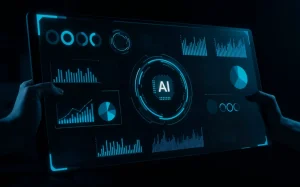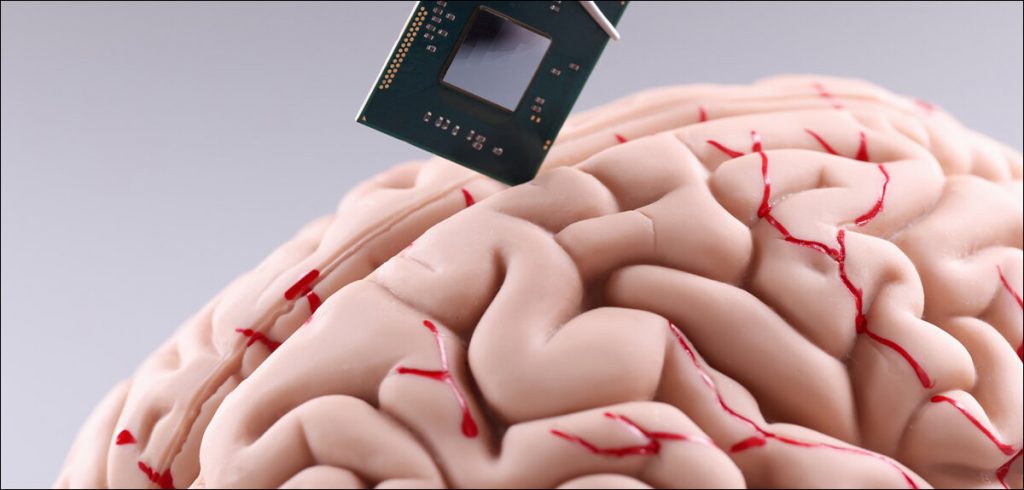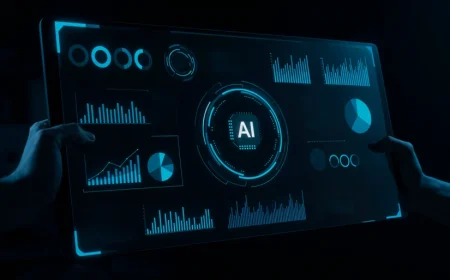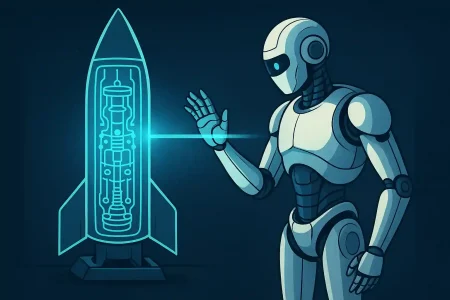“This new invention is a light at the end of a very dark tunnel for literally hundreds of thousands of people”, says Nigel Pereira.
If you thought helping a paralyzed man walk again was a miracle, it would seem science now deals in miracles. In a recent study published on the 24th of May in the journal Nature, a team of Swiss and French researchers explain how they helped a man who was paralyzed from the waist down for over a decade walk again.
Gert-Jan Oskam is 40 years old, from the Netherlands, and suffered a spinal cord injury in a motorcycle accident in China in 2011. While he woke up from the accident, completely paralyzed, he did regain some movement in his hands. His legs, however, were still paralyzed despite years of therapy, and that’s when he approached the team of Swiss and French researchers to be part of their trial.

This is not Neuralink
Now, if you think this “chip in the brain” is something like Neuralink, the answer is yes, and no. While they’re both technically brain implants, Neuralink is a single implant, and this is three, two in the brain, one in the spinal cord, plus a helmet. The surgery took place in 2021, where Prof Jocelyn Bloch, a neuroscientist at the University of Lausanne, cut two 5 cm holes on each side of Gert-Jan Oskam’s skull to implant two 5cm disc-shaped implants. These implants are designed to pick up his brain signals or “intentions to move” and then wirelessly transmit them to two sensors on the helmet we mentioned earlier. These are then passed on to an algorithm to be translated into actual foot and leg movements.
This algorithm, designed by researchers from France’s Atomic Energy Commission (CEA), uses AI to translate brain signals to movements in real-time. Grégoire Courtine, lead researcher and spinal cord specialist at the Swiss Federal Institute of Technology, Lausanne, was quoted stating: “We’ve captured the thoughts of Gert-Jan, and translated these thoughts into a stimulation of the spinal cord to re-establish voluntary movement.”
That’s a pretty big declaration because it’s saying two things. One is that we can actually capture thoughts, and two is that we can pick out the thoughts related to movement from all the other random thoughts occurring in the brain. Then there’s the part about actually translating these thoughts into a language the spinal cord can understand. This sound so much like science fiction; it’s astounding.
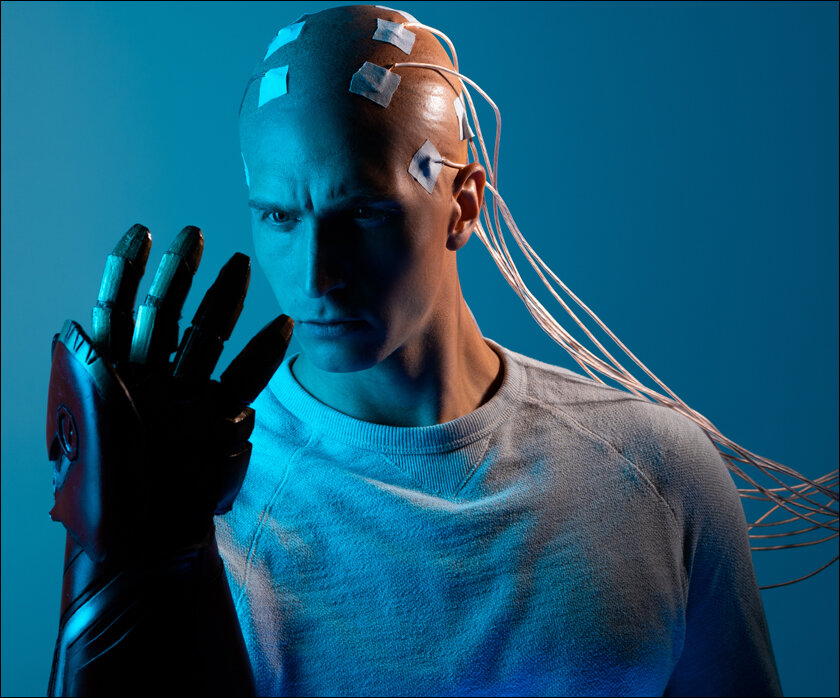
A digital bridge
Now, in addition to the two implants in the head, one in the spinal cord and the helmet, there is also a portable computer involved which is a lot bigger than a standard laptop but small enough to be worn in a backpack. This computer is used to process and boost the signals from the brain which are too weak to reach the spinal cord and initiate movement. This is also what powers the AI algorithm, which is referred to as the thought decoder since that’s literally what it does.
So with the implants in the brain transmitting to the wireless receptors in the helmet and then the computer boosting those signals to the spinal cord, a “digital bridge” is created to replace the biological bridge that was damaged during the injury.
This is really incredible because though we have had spinal implants in the past that have helped people walk, we have never had a digital bridge between the brain and the spine, and the difference is huge. David M’Zee, the first patient with a spinal implant, and Michel Roccati, the first man with a severed spine to walk again, both have a number of limitations to the way they walk.
Not only is their walk characterized by robotic movements, but they also have to keep their movements in sync with the computer, failing which they need to stop and reset. While describing the difference between just the spinal implant and the whole set of them, Gert-Jan was quoted stating, “I felt before that the system was controlling me, but now I am controlling it.”

The miracle of technology
Now while there are several limitations to this new technology, including the fact that the equipment involved is still quite expensive and bulky and requires some work before it can be miniaturized and produced in quantity, this is a giant leap for people who cannot walk. What’s even more interesting are reports claiming that using the machine has even restored movement to a degree when it’s turned off, meaning the very act of using those muscles again could be encouraging damaged nerves to regrow themselves.
If that is true, this new invention, bulky as it may be, is a light at the end of a very dark tunnel for literally hundreds of thousands of people.
In case you missed:
- Neuralink Blindsight and Gennaris Bionic eye, the future of ophthalmology?
- This computer uses human brain cells and runs on Dopamine!
- Lab-Grown Brain Thinks It’s a Butterfly: Proof We’re in a Simulation?
- Having two left thumbs may no longer be a bad thing
- Could Contact Lenses be the Key to Fully Wearable BCIs?
- Scientists establish two-way Lucid Dream communication!
- Scientists gave a mushroom robotic legs and the results may frighten you
- Prophetic Halo: Turning Dreams into Conscious Playgrounds
- Omnidirectional VR treadmills, go anywhere without going anywhere!
- Mainstream AI workloads too resource-hungry? Try Hala Point, Intel’s largest Neuromorphic computer

